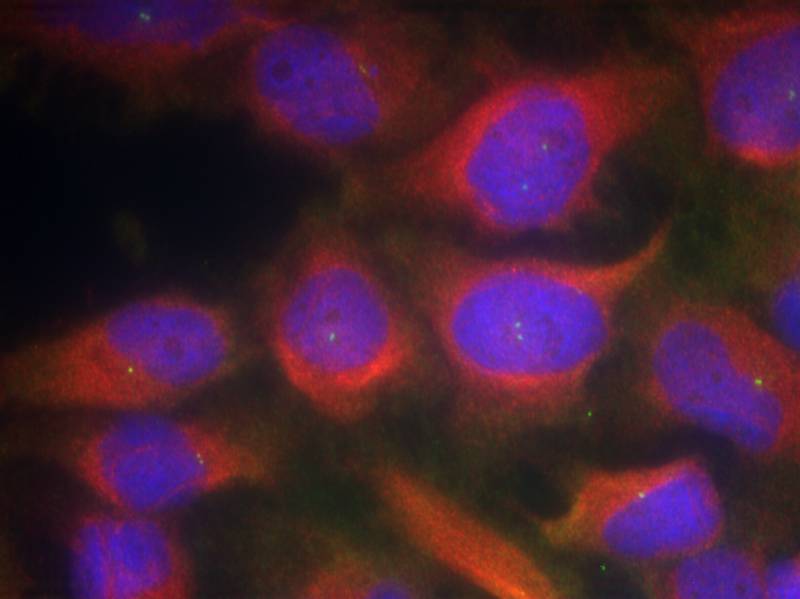Product Detail
Product NameNMDAR1(Ab-897) Antibody
Host SpeciesRabbit
ClonalityPolyclonal
PurificationAntibodies were produced by immunizing rabbits with synthetic peptide and KLH conjugates. Antibodies were purified by affinity-chromatography using epitope-specific peptide.
ApplicationsIF
Species ReactivityHu Ms Rt
SpecificityThe antibody detects endogenous level of total NMDAR1 protein.
Immunogen TypePeptide-KLH
Immunogen DescPeptide sequence around aa.895~899 (R-S-S-K-D) derived from Human NMDAR1.
Target NameNMDAR1
ConjugateUnconjugated
Other NamesGLURZ1; GRIN1; NMD-R1; NMDZ1; NMZ1
Accession NoSwiss-Prot: Q05586
NCBI Protein: NP_000823.4
Uniprot
Q05586
Gene ID
2902;
Concentration1.0mg/ml
FormulationSupplied at 1.0mg/mL in phosphate buffered saline (without Mg2+ and Ca2+), pH 7.4, 150mM NaCl, 0.02% sodium azide and 50% glycerol.
StorageStore at -20°C for long term preservation (recommended). Store at 4°C for short term use.
Application Details
Predicted MW: 120kd
Immunofluorescence: 1:100~1:200
Immunofluorescence staining of methanol-fixed Hela cells using NMDAR1(Ab-897) Antibody #21287.
NMDA receptors are members of the ionotropic class of glutamate receptors, which also includes Kainate and AMPA receptors. NMDA receptors consist of NR1 subunits combined with one or more NR2 (A-D) or NR3 (A-B) subunits. The ligand-gated channel is permeable to cations including Ca2+, and at resting membrane potentials NMDA receptors are inactive due to a voltage-dependent blockade of the channel pore by Mg2+. NMDA receptor activation, which requires binding of glutamate and glycine, leads to an influx of Ca2+ into the postsynaptic region where it activates several signaling cascades, including pathways leading to the induction of long-term potentiation (LTP) and depression (LTD). NMDA receptors have a critical role in excitatory synaptic transmission and plasticity in the CNS. They govern a range of physiological conditions including neurological disorders caused by excitotoxic neuronal injury, psychiatric disorders and neuropathic pain syndromes.
Tyszkiewicz JP, et al. J Physiol. 2004 Feb 1; 554(Pt 3): 765-777
If you have published an article using product 21287, please notify us so that we can cite your literature.
et al,Chemokine Receptor CXCR4 Regulates CaMKII/CREB Pathway in Spinal Neurons That Underlies Cancer-Induced Bone Pain.In Sci Rep on 2017 Jun 21 by Xue-Ming Hu , Hui Zhang,et al..PMID: 28638088
, (2017),
PMID:
28638088



 Yes
Yes



